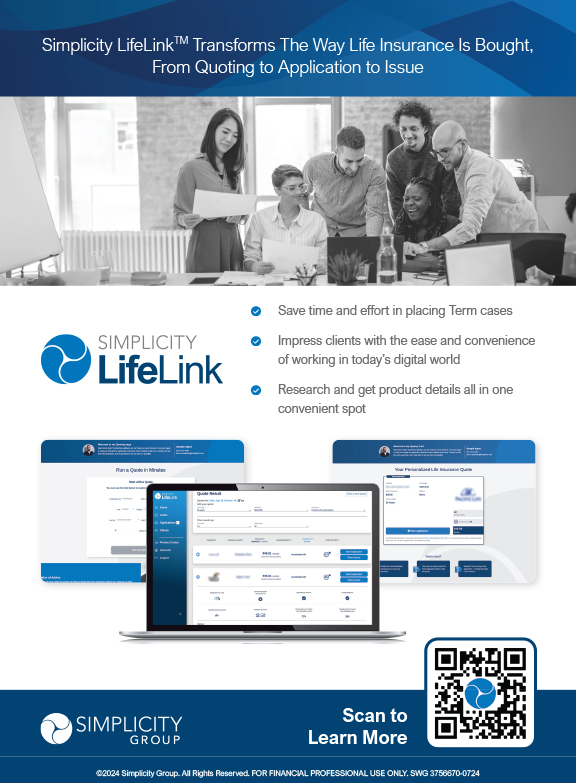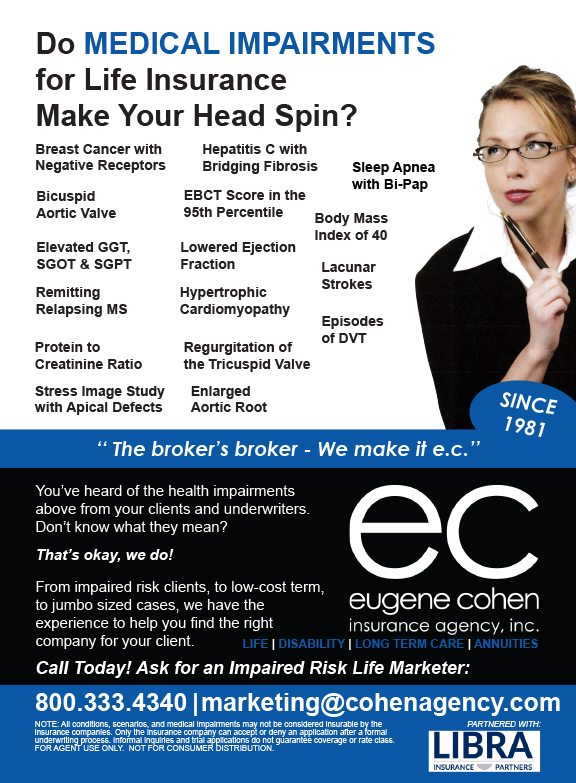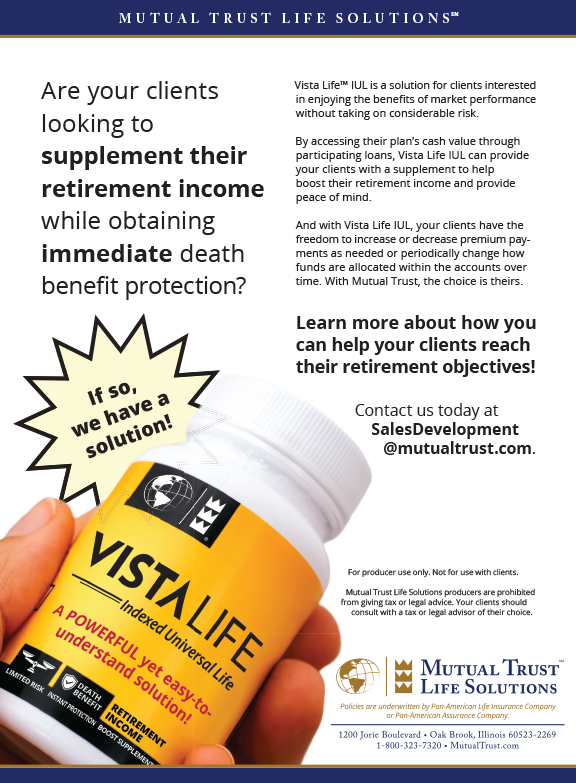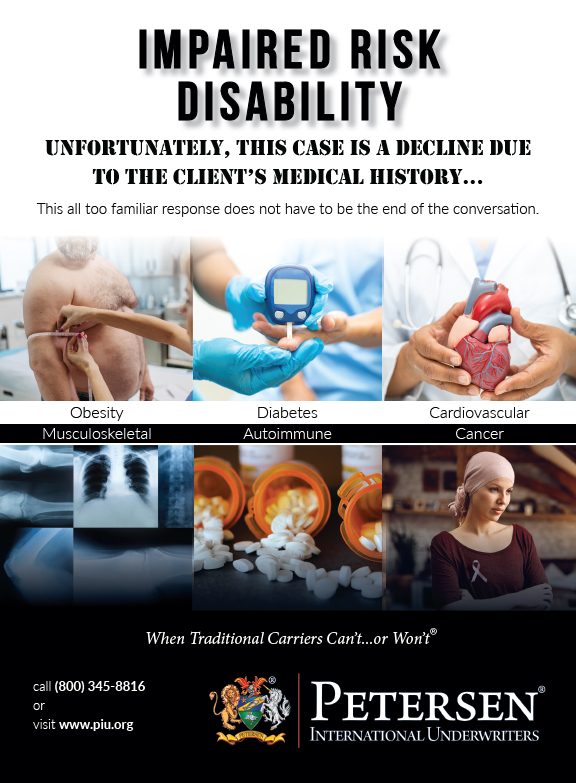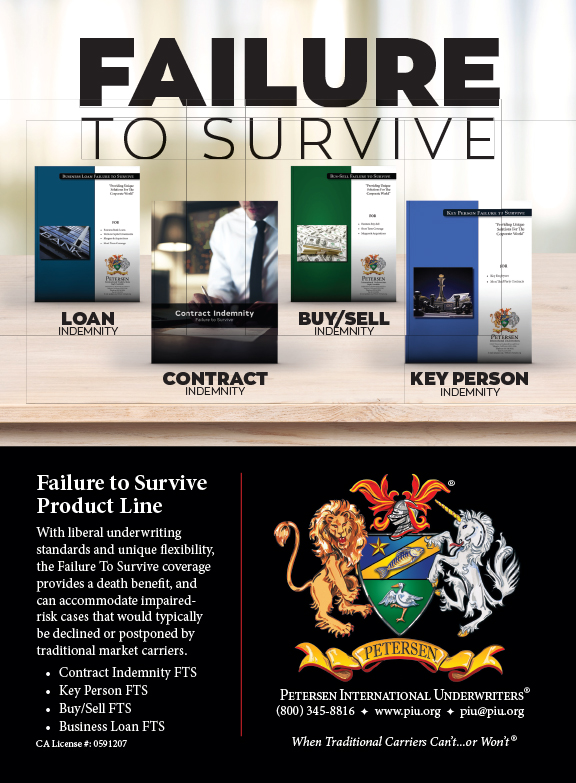Watching a loved one slowly lose their physical or mental abilities overtime can be extremely difficult to watch. My first experience with this occurred in the summer of 2015 to someone I truly admire. The founder and chairman of a major financial corporation Bill Z; then 70 years old, he was diagnosed with Amyotrophic Lateral Sclerosis (also known as Lou Gehrig’s Disease). ALS is a neurodegenerative disease that usually attacks both upper and lower motor neurons and causes degeneration throughout the brain and spinal cord. The once animated and energetic business entrepreneur over the next several months found himself needing the assistance of a wheelchair and was unable to walk without aid. In addition to his lack of mobility, his speech slowly began to worsen along with the weakening of his fine-tuned motor skills. Despite the disease and its restrictive limitations that it has had on him and his loved ones, Bill often says, “I consider myself the luckiest man on the face of the earth.” Bill’s body is progressively weakening but his mind and spirit are as strong as they have ever been. Thankfully, Bill had the foresight and understanding of the importance of life insurance along with the power of living benefits.
There is a 52 percent chance you may develop a chronic illness or disability when you are 65 years or older.1 With the help of modern medicines and healthcare our life expectancy has lengthened—people are living longer. However, have you asked yourself how your clients would survive if they were unable to work? What would they do if they were diagnosed with a debilitating disease? Are they prepared to bear the burden of those expenses? This is where the power of living benefits can protect and save families. Living benefits are optional riders available on a life insurance policy that allow a policyholder access to the cash value within a policy or accelerate the death benefit for the policyholder’s medical needs while still living. Living benefits have been around since the 1980s and have evolved over the years to include chronic illness, critical illness, and terminal illness provisions that allow a client to access a percentage of the death benefit or cash value if the policyholder has what the insurance company deems as a “qualifying event.” Most insurance companies consider a qualifying event to be the inability of a policyholder to perform two of the six activities of daily living. This consists of eating, bathing, getting dressed, toileting, transferring, and continence. The simple fact is that any of these illnesses can strike anyone at any time. Most people are not prepared for a chronic, critical, or terminal illness. Oftentimes people think that just because they have a health insurance or disability plan that they will be sufficiently covered in case of a sudden or serious health problem such as a heart attack, stroke or cancer diagnosis. The reality is that this is simply not true. Many Americans struggle with medical expenses. One in five Americans who have health insurance struggle to pay off their medical debt. For cancer patients with insurance, out-of pocket costs can reach $12,000 just for one medication and average treatment costs can hit $150,000 according to the Kaiser Family Foundation.2 Regardless of your clients age, income, or what kind of health coverage they have, two things are inevitable in the case of an unexpected illness: Their expenses will go up, and their income will go down—which can result in crippling a family financially. Now that we have established the importance of having an insurance policy with living benefits let us review how the insurance company typically determines the amount of benefit that will be provided.
- For terminal illness, there is no charge for this rider until it is used depending on the company. This benefit can be accessed when a person has been given 12-24 months left to live. The insurance company discounts the death benefit at a predetermined interest rate. If the insurance company defines the terminal illness as greater than, let us say, 12 months, the company may also factor in the value of lost premium revenue.
- For chronic illness and critical illness, the calculation of benefits can be slightly more complex. There are three different structures that are used to determine the impact of the acceleration related to the face amount of the policy. There is the discount method, lien approach and the additional rider charge. The most common method is the discount method. In this method, the insurance company looks at life expectancy, severity of the illness (mild, moderate, severe) and the present value of the death benefit to determine what amount can be accelerated.
Positioning living benefits should not only be considered for personal insurance but also business insurance. Business owners are the lifeblood of America. It can be devastating for a business to have one of its owners or key employees out of commission. Living benefits can also be used for business succession planning such as: Key Employee, Split Dollar, 162 Executive Bonus Plan or Buy-Sell. If your clients are business owners and one of their key employees becomes temporarily disabled, they can accelerate the death benefit of their life insurance policy to help recruit new talent or offset some of the costs associated with the employee’s absence. Or perhaps the business purchasing a policy for the key employees could be an added benefit to keep and retain key employees to the business. This business structure is known as the “162 Executive Bonus Plan.”
One of four of today’s 20-year-olds will become disabled at some point in their career.3 With the pandemic of COVID-19 that swept through our country and continues to affect people, numerous people were unable to work due to contracting the disease. Clients that have a policy with living benefits were able to accelerate their policy while out of work; ensuring that your clients have these benefits on their policy can be one of the most important insurance solutions you can offer them.
Because Bill Z was able to accelerate the death benefit on his life insurance policy, he is able to get the best care from the finest nurses in the comfort of his home. He is most grateful to be surrounded by his family and loved ones. People have often said that “Bill Z has a smile that lights up a room.” His determination to have a good quality of life for himself and his loved ones is stronger than the disease that keeps him in a wheelchair. Despite the daily struggles, he has been afforded a comfortable life in part due to his knowledge and understanding of the power of living benefits. When you see Bill Z, he will be sure to tell you, “I consider myself the luckiest man on the face of the earth.”
References:
- Favreault M, et al. Long-term Services and Supports for Older Americans: Risks and Financing. ASPE Issue Brief. Department of Health and Human Services. July 2015, p.3, 9.
- https://outperformdaily.com/credit-com-how-to-control-medical-debt-after-a-cancer diagnosis/.
- https://www.ssa.gov/news/press/factsheets/basicfact-alt.pdf.










